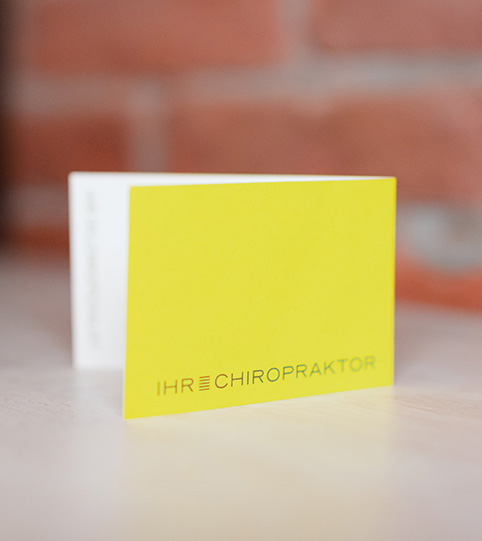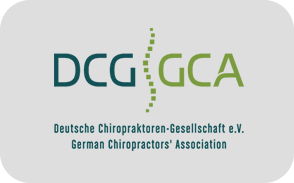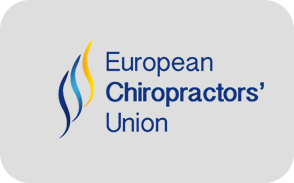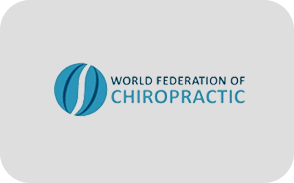Healing phases of chiropractic


The usual course of chiropractic treatment is divided into three phases. The duration of each phase depends on individual factors, such as age, state of health and duration of symptoms. How effectively you organize your everyday life also plays a role. Your IHR-CHIROPRAKTOR will be happy to provide you with further information.
Feel free to talk to us.
1. Symptomatic phase
(pain reduction):
This is where subluxations are corrected.
- Your body is undergoing transition and cannot yet sustain the impulses set by the treatment.
- Regular appointments at short intervals of 2-3 days are important to allow for the alteration of habitual patterns that could lead to problems and pains.
- In this phase, you typically experience restricted mobility as well as more pronounced symptoms and pain, with or without radiation.
2. Stabilizing phase
(getting healthy):
Regular adjustments continue to take place.
- The time intervals between treatments increase from time to time.
- Your body begins to memorize the corrected posture.
- If chiropractic treatment is discontinued, the patient may regress into the symptomatic phase..
- Little or no restrictions in mobility, little or no pain.
3. Preventive phase
(well-being):
Preventive chiropractic treatment tries to detect and treat abnormalities in the body before they cause symptoms.
- Checks every 2-6 months for prevention and early detection of problems.
- No restrictions in mobility, no pain.
Symptomatic phase:
The focus here is on finding the cause of your symptoms and finding rapid relief. Through successive treatment appointments at short intervals, we aim to minimize discomfort and restore your mobility. For more in-depth information, please read the details in the “Initial appointment” section.
Stabilizing phase:
After we have successfully reduced your pain and symptoms, we will now start the stabilizing treatment phase. Here you get regular adjustments, whereby we increase the intervals between appointments. This advanced plan protects your body from falling back into old movement patterns. Your nervous system can now regenerate and resume its natural function. This is where the healing begins. Even if acute symptoms have already subsided in the symptomatic phase, the muscles, ligaments, tendons, and tissue around the treated joint are not yet completely healed. Adaptation processes and compensation mechanisms take time and premature termination of the plan could increase the risk of relapse.
The stabilizing phase is crucial for long-term mobility and freedom from pain.
Preventive phase:
The transition from the stabilizing to the preventative treatment phase is fluid and leads to the final goal: long-term freedom from symptoms and complaints. Chiropractic treatments now take place individually every 2-6 months to maintain your health and well-being. It is important to note that subluxations can occur without conscious pain and can have health effects before they are noticeable. Prevention is an important strategy for maintaining health, comparable to dental hygiene or regular health checks. Taking care of your spine and joints should be just as obvious as taking care of other aspects of your health. IHR-CHIROPRAKTOR supports you in maintaining and promoting your health potential.
Important note for you:
Exercise and sport:
The importance of exercise and sport for your well-being and health should not be underestimated. However, it is important to note that individual preferences and expert recommendations can vary greatly. What feels good for one person may be challenging for you and lead to significant demotivation. It is crucial to discover the form of exercise that suits you perfectly and that you would like to integrate into your daily routine.
Stress reduction:
It is worth noting that any form of stress can potentially lead to vertebral displacements (subluxations). In order to minimize stress, it is very important to identify the different forms of stress. Stress manifests itself in the categories of physical, emotional, and chemical. Additionally, these stress factors can be divided into micro and macro levels. Micro-stress often occurs due to everyday demands that are constant over a long period of time. Macro-stress results, among other things, from critical life events.
For further information, please ask for our information sheets. Please send us an email to: info@ihr-chiropraktor.de










